What Are the Three Ways an Artist Can Depict Spatial Depth Within a Twodimensional Work of Art?
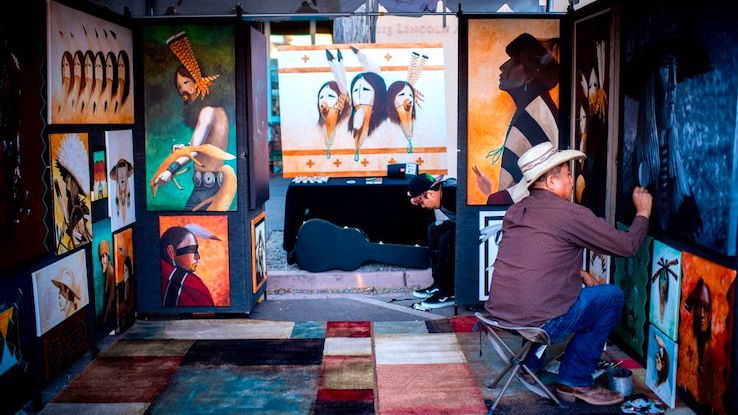
Nov is Native American Heritage Calendar month — a time to elevate Ethnic voices and celebrate the diverse cultural traditions and histories of Native Americans and Alaska Natives. It's also an important fourth dimension to recognize the significant contributions Indigenous groups accept made in enriching the cultural landscape of the United states. Visual art is only one of these contributions — one that continues to offer a powerful fashion to express and preserve cultural values and give context to traditions that make each group unique.
To mark this of import observance, we're sharing a collection of some of the top Indigenous artists working in the U.Due south. today. Each of the creators you lot're almost to meet comes from a different North American tribal nation, and each has developed an individual fashion worth honoring. While some masterfully carry on traditional fine art styles and forms passed down by elders, others accept developed their own visions of what information technology ways to exist Ethnic in modern times — and all of their works are expressions of heritage and voices speaking important truths.
Barbara Teller Ornelas
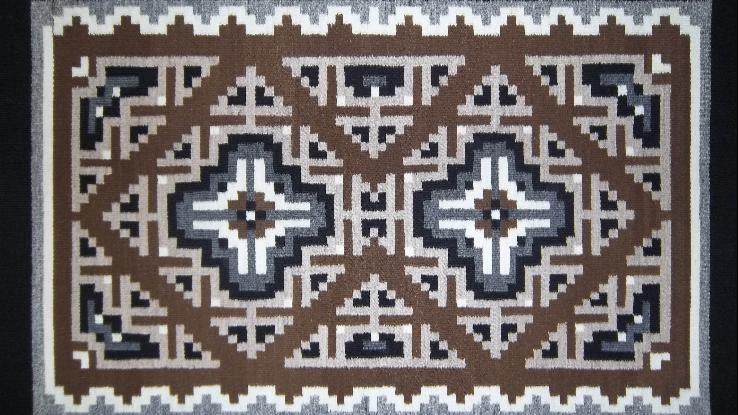
Barbara Teller Ornelas is a fifth-generation Navajo weaver who began learning her traditional art at only 8 years erstwhile. She grew up in New Mexico's Ii Grey Hills Trading Post alongside her father, who worked at that place for forty years. Today, she's a master of what's go known as the Two Grey Hills style of weaving, which is recognized for its intricate geometric designs and use of naturally colored wool.
Past incorporating both difficult-carding and hand-spinning weaving techniques, Teller Ornelas carries on an artform that's been office of the Navajo cultural legacy for centuries. She and her sis Lynda also teach weaving workshops to ensure the technique is passed downwardly to future generations.
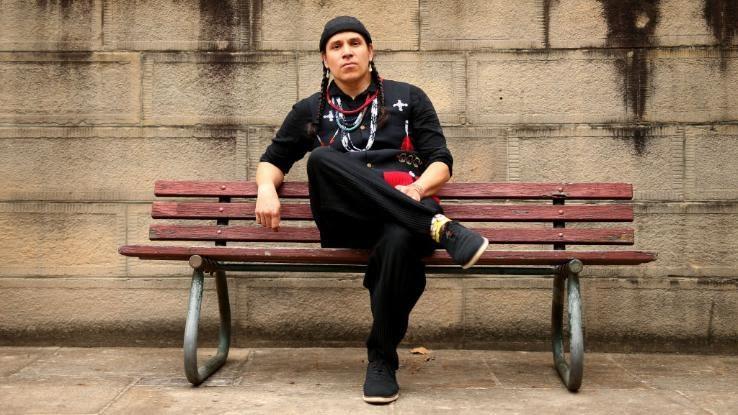
Nicholas Galanin is an artist whose work is refreshingly difficult to pinpoint. An Alaskan creator of Tlingit and Unangax̂ ancestry, he expresses himself through sculpture, music, jewelry making and any other technique he chooses to harness to express what he'southward feeling at the moment. His synthesis of methods exists in part because, for Galanin, both Ethnic art and his personal creative vision are constantly evolving.
As Galanin himself puts it, "My process of creation is a abiding pursuit of freedom and vision for the present and futurity. I use my piece of work to explore accommodation, resilience, survival, dream, memory, cultural resurgence, and connectedness and disconnection to the state." By uniting both traditional and contemporary styles, Galanin's art is as fascinating as information technology is unique.
Duane Slick
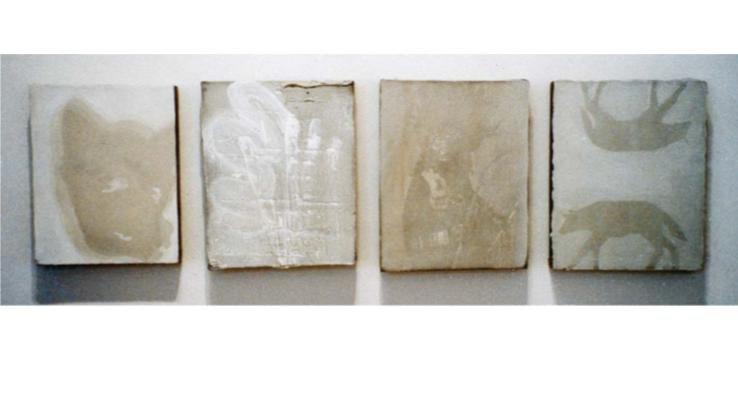
Duane Slick is a painter, teacher and storyteller of Meskwaki descent. One of the things that makes his paintings so unique is his varied choice in canvases — they tend to exist drinking glass or linen, both of which brand for a visually striking and ethereal effect when combined with paint. He has described his piece of work as "dream paintings whose aim is the exploration of matters spiritual, not physical."
Slick's subjects range from traditional Native American symbols to abstract patterns with realist elements. Non but has his work been widely exhibited, but he's also been a teacher at the Rhode Isle School of Design (RISD) since 1995.
Teri Greeves
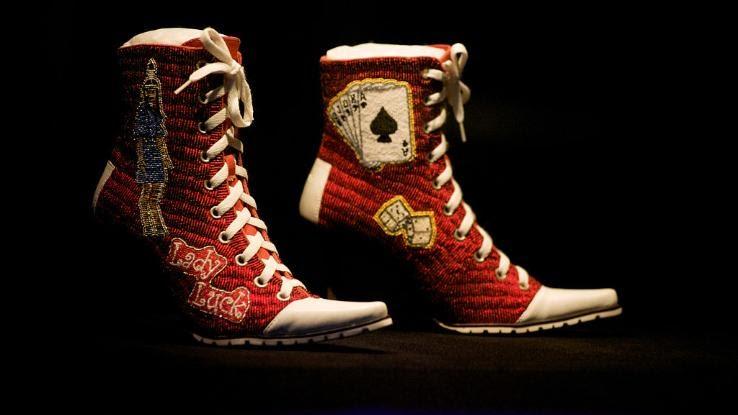
Teri Greeves is an artist of Kiowa descent, and to call her a beadworker doesn't quite cover it. She currently lives in Santa Fe, New Mexico, where she transforms beads into magical works of fine art on everything from traditional Indigenous-style jewelry to modern shoes.
Greeves learned the fine art of beadworking from her mother and grandmother as a child, and her work has since been featured in magazines, on television, and in museums and exhibits all over the state. To larn more, take a await at her book Hearts of Our People: Native Women Artists, which explores both Greeves' procedure and the extensive contributions and achievements of Ethnic women artists throughout American history.
Frank Buffalo Hyde
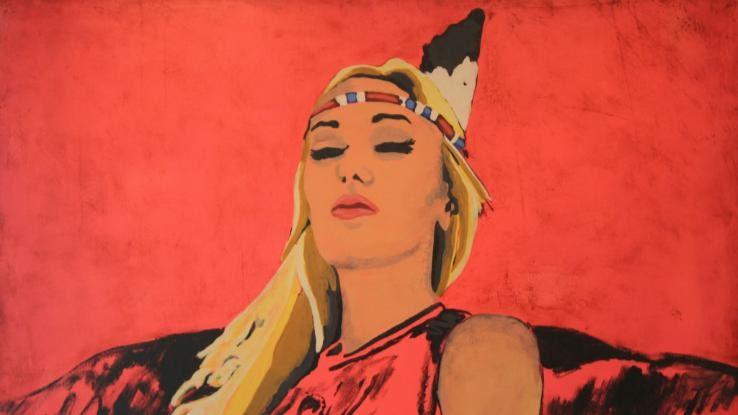
If you beloved colorful pieces with a modern edge, the art of Frank Buffalo Hyde is certain to capture your imagination. A fellow member of the Onondaga Nation, he grew upwards on a reservation in New York and began exhibiting his work every bit a hobby at age 18. Hyde ultimately enrolled in the Institute of American Indian Arts, where he decided to turn his passion into a career.
Hyde's work is a mixture of vibrant colors and a fashion that often incorporates elements of street art with Warhol-esque touches. His subjects range from traditional Ethnic figures to those from pop culture — and they sometimes encompass a stunning blend of the 2.
Starr Hardridge
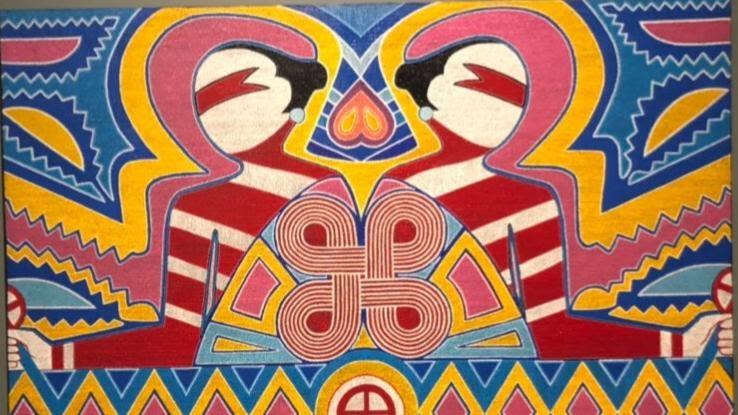
A citizen of the Muscogee Creek Nation, Starr Hardridge was raised in central Oklahoma. His vibrant work is a colorful blend of pointillism and beadwork aesthetic, which makes for a fascinating written report in texture. Co-ordinate to his website, his work is "largely inspired past humanity's search for balance inside nature, featuring proud staples of traditional Muscogee mythology and culture."
Hardridge besides contributes to a series of paintings he calls "allegorical abstraction," which blend Native American themes with modern abstract styles and a spectrum of brilliant, contrasting colors. He'due south as well a talented realism painter — a master of various styles who incorporates "mod twist[s] inspired by Muscogee patterns and designs" into each slice in unique means.
Kay WalkingStick
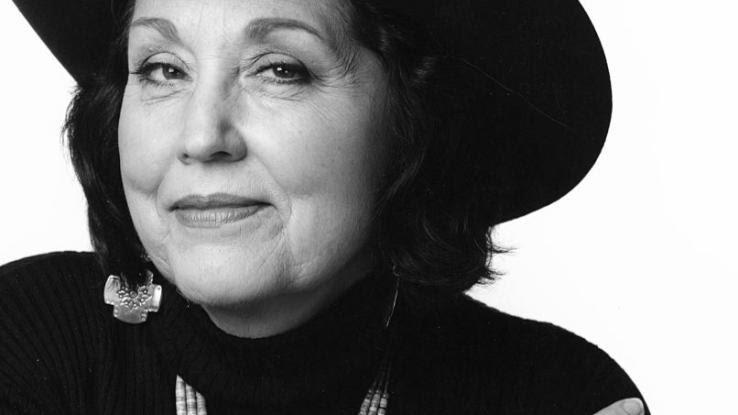
Kay WalkingStick is a member of the Cherokee Nation, and her connectedness to nature is undeniable in her beautiful landscape paintings. Her more than recent works ofttimes apply wood panels every bit canvases and mix oil landscapes with traditional Southwest Native American designs. By focusing on landscapes, Kay hopes to represent our shared heritage every bit citizens of Planet World.
"My wish has been to express our Native & non-native shared identity. Nosotros humans of all races are more than alike than different, and it is this shared heritage, as well every bit my personal heritage I wish to express," she explains in her artist statement.
Nocona Burgess
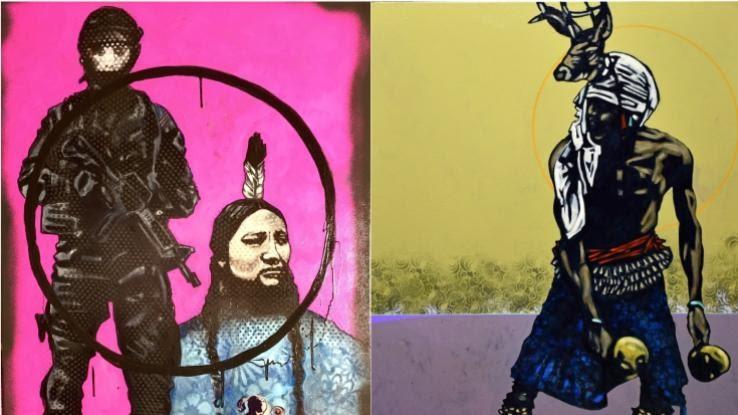
Nocona Burgess is a member of the Comanche Nation and the son of a former tribal chief who tin can trace his direct lineage dorsum to revered Native American leader Main Quanah Parker. After growing upwardly surrounded by art — his father and grandmothers were creators — Burgess ultimately developed a manner all his own.
Much of his piece of work features Indigenous people portrayed in a colorful, modernistic style. His portfolio is filled with everything from acrylics on canvas to stencil paintings that blend elements of neo-graffiti with traditional Native American imagery. Burgess' work has been exhibited in galleries around the world, and several of his pieces are part of the permanent collection of the Smithsonian Institute'due south National Museum of the American Indian in Washington, D.C.
Source: https://www.ask.com/culture/contemporary-indigenous-artists?utm_content=params%3Ao%3D740004%26ad%3DdirN%26qo%3DserpIndex
0 Response to "What Are the Three Ways an Artist Can Depict Spatial Depth Within a Twodimensional Work of Art?"
Post a Comment